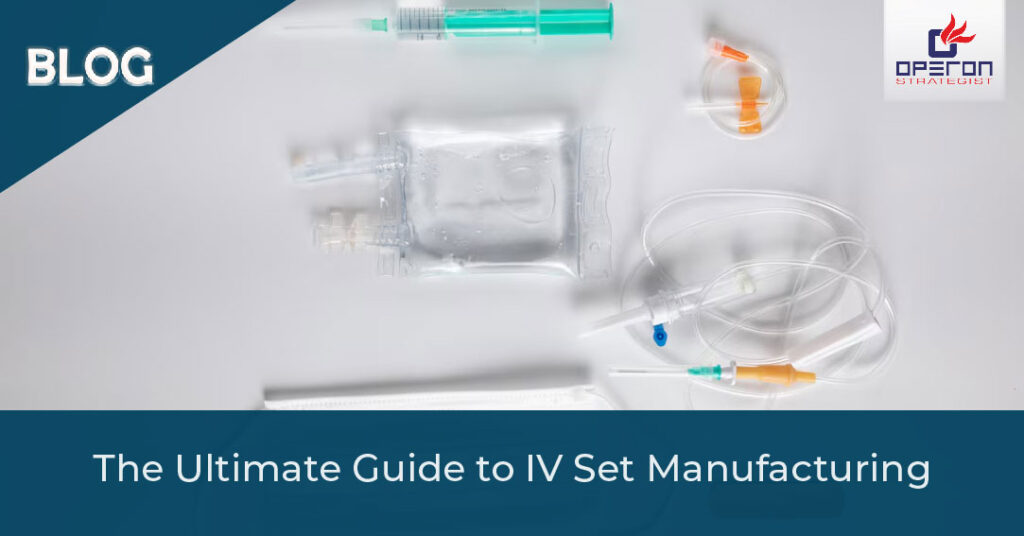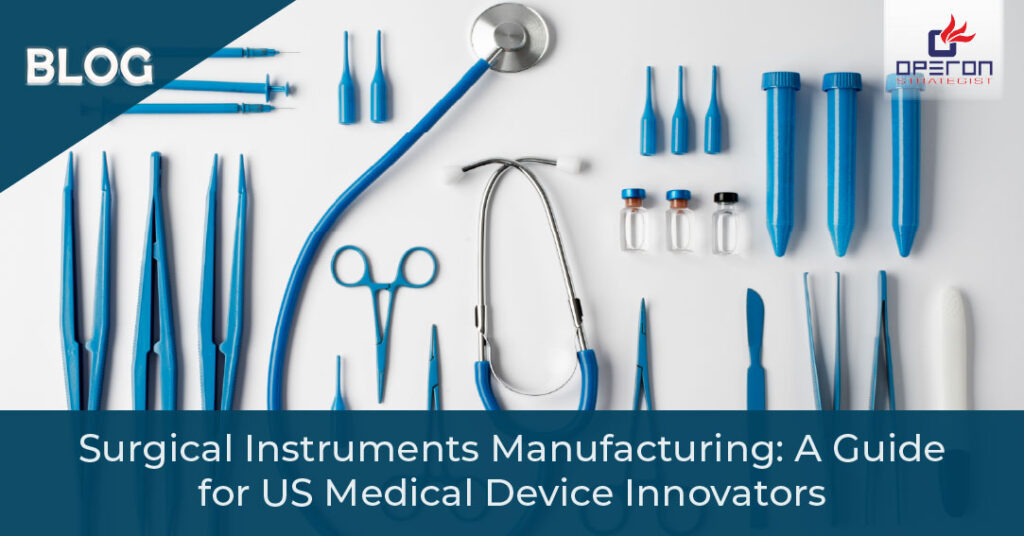
Introduction
Intravenous (IV) sets are essential components in modern healthcare, widely used to deliver fluids, medications, and nutrients directly into a patient’s bloodstream. With the growing demand for medical consumables in both developed and emerging markets, IV set manufacturing presents a significant opportunity for businesses looking to enter or expand within the medical device industry. Whether you are a startup, a contract manufacturer, or an established medical device company, understanding the manufacturing process, regulatory requirements, and market potential is key to success.
What Is an IV Set?
An IV set, or intravenous infusion set, is a sterile, single-use medical device used to administer fluids directly into a patient’s vein. It typically includes:
- IV cannula
- Drip chamber
- Roller clamp
- Tubing
- Needle or catheter
- Injection port
- Luer lock or connector
These components work together to ensure accurate and safe fluid delivery, making precision and quality control critical in the manufacturing process.
What are the Components of the IV Set Manufacturing Process?
Manufacturing an IV set involves multiple processes that must adhere to stringent quality and safety standards. Here’s a step-by-step breakdown of how it’s done:
1. Material Selection
The manufacturing process begins with selecting medical-grade materials such as PVC (polyvinyl chloride), polypropylene, and polyethylene. These materials must be biocompatible and meet FDA and ISO standards.
2. Injection Molding
Key components like drip chambers, clamps, and connectors are produced using high-precision injection molding machines to ensure consistency and durability.
3. Tube Extrusion
The tubing is typically made from soft PVC and is extruded to specific diameters and lengths, maintaining flexibility and strength for fluid transfer.
4. Assembly
Automated or semi-automated machines assemble the individual components into a complete IV set. Assembly must occur in a cleanroom environment to avoid contamination.
5. Sterilization
Once assembled, IV sets are sterilized using methods like Ethylene Oxide (EtO) or gamma radiation to ensure they are free of microbial contamination.
6. Packaging and Labeling
The sterilized IV sets are packaged in medical-grade packaging materials and labeled according to regulatory guidelines.
Quality Control and Testing
IV sets must undergo rigorous testing and quality control at every stage of production. Common quality checks include:
- Leak testing
- Flow rate testing
- Material compatibility tests
- Sterility assurance level (SAL) verification
Compliance with ISO 8536 and FDA 21 CFR Part 820 standards ensures the product meets international quality and safety benchmarks.
Regulatory Requirements for IV Set Manufacturing in the USA
For manufacturers targeting the US market, IV sets are classified as Class II medical devices. This means you must comply with:
- FDA 21 CFR Part 820 (Quality System Regulation)
- FDA 510(k) premarket notification
- Labeling and UDI (Unique Device Identification) requirements
- Post-market surveillance and adverse event reporting
Navigating the FDA regulatory pathway can be complex, especially for companies outside the US. That’s where having a trusted regulatory partner becomes invaluable.
Market Potential and Business Opportunities
The global IV set market is projected to grow steadily due to rising hospital admissions, increasing chronic diseases, and expanding healthcare infrastructure. The US alone has a high consumption rate of disposable medical devices, making it a lucrative market for IV set manufacturers.
However, entering this competitive market requires more than just technical know-how—it demands strategic planning, regulatory compliance, and a deep understanding of customer needs.
How Operon Strategist Can Help You Succeed
At Operon Strategist, we specialize in end-to-end consulting for medical device manufacturing, including IV sets. Whether you’re planning to launch a new manufacturing facility or streamline your regulatory submissions, we’re here to guide you every step of the way.
Our services include:
- Turnkey project consulting for IV set manufacturing plants
- Regulatory approvals, including FDA 510(k), ISO 13485, and CE marking
- Cleanroom and plant layout design
- Design and development documentation
- Quality management system (QMS) implementation
- Sterilization validation and packaging compliance
- Market feasibility studies and go-to-market strategies
We work closely with manufacturers across the globe to ensure your facility, processes, and documentation are audit-ready and market-compliant.
Need help starting your IV set manufacturing unit? Contact us now
Ready to Start Your IV Set Manufacturing Journey?
Launching or scaling your IV set manufacturing unit can be complex—but with the right support, it doesn’t have to be overwhelming. Operon Strategist is your trusted partner in navigating the technical, regulatory, and commercial aspects of IV set production.
📩 Contact Us today to schedule your consultation and take the first step toward successful IV set manufacturing in the USA.
FAQs
What are the components of an IV set?
An IV set typically includes the spike, drip chamber, roller clamp, tubing, injection port, and catheter connector.
What certifications are needed to manufacture IV sets in the USA?
Manufacturers must comply with FDA 21 CFR Part 820 and typically require ISO 13485 certification. FDA 510(k) clearance may also be needed.
Do I need a cleanroom for IV set manufacturing?
Yes, manufacturing IV sets typically requires a cleanroom environment classified under ISO 14644 to maintain sterility and product safety.


